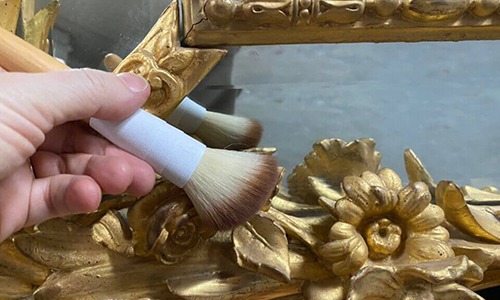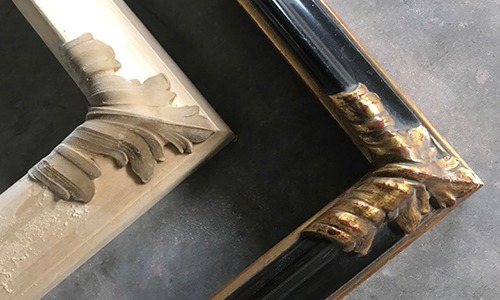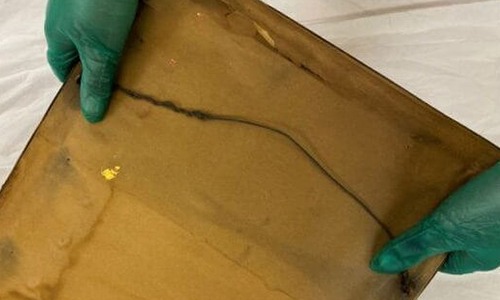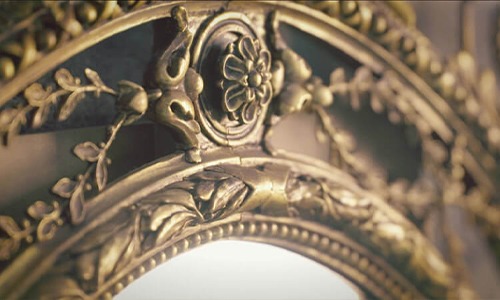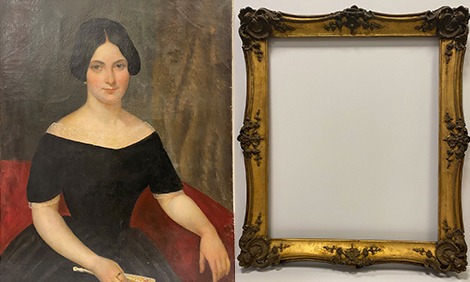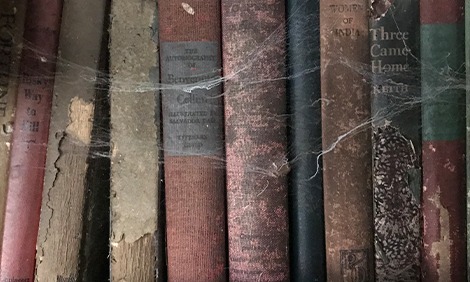Insurance Claims
Definitions of Valuation
Insurance Claims, Definitions of Valuation
The experience of a loss is often unexpected and leaves many unprepared to deal with insurance claims. There are several actions you can take to be prepared to handle a claim and your personal property. To get started, review your homeowner’s insurance and know what type of losses are covered, know if you have a Replacement Cost or Actual Cost Value (ACV) policy. Knowing these two things will help with your expectations and you will be able to ask the right questions to your adjuster. Make an inventory of your personal property, take photographs, and do a video walkthrough of your home. Determine if there is any supplemental insurance you need and if there is anything of high value or importance that should be scheduled. The guide below is an overview of helpful definitions of values
“The amount it would cost to replace an item with another of similar age, quality, origin, appearance, provenance, and condition within a reasonable length of time in an appropriate and relevant market. When applicable, sales and/or import tax, commissions, advisement fees, and/or premiums are included in this amount.”
Replacement Value is most commonly used for insurance appraisals applying to personal property such as common items such as clothing, furniture, and electronics as well as vintage items such as antiques, collectibles, and fine art. The former will incur a percentage of depreciation dependent on age and condition. Items such as antiques, collectibles, and fine art do not depreciate.
A Replacement Cost policy entitles the homeowner to the full Retail Replacement Value of the personal property in which depreciation is not applied. Actual Cash Value refers to the homeowner’s policy in which depreciation is applied to the Retail Replacement Value.
“The Replacement Value of an item minus depreciation. For items to which depreciation is not appropriately applied (such as antiques, collectibles, and fine art, etc.), Actual Cash Value is equivalent to Fair Market Value.”
“The price that property would sell for on the open market. It is the price that would be agreed on between a willing buyer and a willing seller, with neither party being required to act, and both having reasonable knowledge of the relevant facts. (IRS Pub 561).”
The most common measurement of Fair Market Value has realized auction prices and includes the buyer’s premium.
CONSERVATION / RESTORATION COST VALUE
“Restoration and Conservation are terms used to describe varying means to address damages sustained to an item. The decision to restore or conserve an item is based on a number of factors including but not limited to the item’s age, rarity, historic significance, and provenance. Conservation is appropriate when the above factors contribute to the value of the item with methods that are minimally intrusive. Conservation becomes part of the item’s provenance, and no attempt is made to conceal the work.”
Restoration methods are not designed to be reversible and are typically more suitable for mass-produced items. Recommendations to conserve or restore consider all factors relative to the value of the item and the costs associated with said work to be performed by a professional with skill commensurate and appropriate for the item.”
Conservation and Restorations Cost Values are employed when personal property such as artworks or antiques incur minor damage and can be addressed. On high-value claims, when the total loss is not clear, insurance carriers will often request Conservation/Restoration Cost Values to weigh against the Replacement Values.
“Diminution in Value is the difference between the appraised value of an item immediately prior to an event of loss or damage and the appraised value of the same item after the event of loss or damage. If restoration, repair, or conservation is employed post damage, the Diminution in Value caused by such loss or damage will be based on the appraised value after the restoration, repair, or conservation of the subject item has taken place. Diminution in Value opinions must take into account the prior condition of the item, the extent of damage, and the level of success of the conservation or restoration work performed, as well as the marketplace acceptance of the existence of the conservation/restoration work performed on the item.”
Diminution in Value is subjective taking into account many factors and determined by calculating the difference of the post-loss value from the pre-loss value.
“Salvage Value is the residual value that remains in an object which has sustained damage. It is the price at which an object would sell for between a willing buyer and a willing seller, with neither party being required to act, and both having reasonable knowledge of the relevant facts and full awareness of the damages sustained.”
“Scheduled personal property is a supplemental insurance policy that extends coverage beyond the standard protection provided in a homeowners’ insurance policy. By purchasing a scheduled personal property policy, owners can ensure full coverage of expensive items, such as jewelry and fine art, in the event of a claim.”
Having the right coverage and understanding your policy will be beneficial if you have a claim. Being prepared with an inventory and documentation prior to a loss will not only help if a claim arises but can also help your broker determine what policy and coverage would be best suited for your collection.
If you have questions, or want to learn more about services, please contact us at:
312-344-0331
Learn more about our fine art claims services in the Chicagoland area.
Our collection of educational articles about
custom framing, collection care, and emergency response are updated regularly.
Click on each topic below for a menu of corresponding articles.
Collection Care Articles
By April Hann Lanford
Our collection of educational articles provides an introduction to many topics about the preservation and conservation of fine art, antiques, and fine furniture.
Topics are often written as a result of questions provided by our clients.
Emergency Care Articles
By April Hann Lanford
Our emergency care articles are a helpful introduction to how to prevent damage through preventative measures or art and antique collections. When a disaster strikes, prompt response and taking the right steps can mitigate further damage.
Antique Trader Articles
By April Hann Lanford
Visit our collection of articles that have been published in Antique Trader.
antiquetrader
For more than 60 years Antique Trader has been inspiring, informing, and entertaining the collecting community with timely...
Projects
By April Hann Lanford
A selection of Artifact’s most recent projects highlighting our conservation and preservation work. We present each unique story describing the conservation process from reviewing the history, cause of loss, and condition to the steps of the treatment.
Glossary
A collection of art and conservation terms along with makers and firms compiled into a glossary and highlighted throughout our website for reference.
Emergency Care
24/7 Hotline(312) 344-0331
We are available to assist you
Main Location
840 N. Milwaukee Ave, Chicago IL 60642
Mon-Fri: 9:00 am - 5:30 pm
Sat: 10:00 am-4:00 pm
Sun: Closed
Complimentary parking is available in the loading zone in front of the building
We can also serve you by appointment at our other locations in the Chicagoland area.
Additional Locations
Schiller Park • Highland Park • Lake Forest • Lincoln Park • Nashville, TN
Copyright 2024, Artifact Services, LLC | An Artmill Group Company
